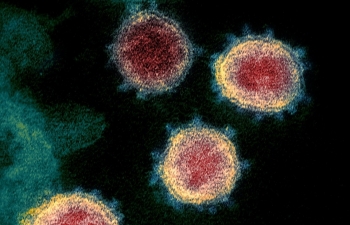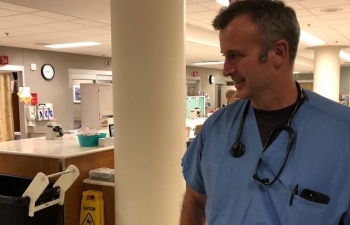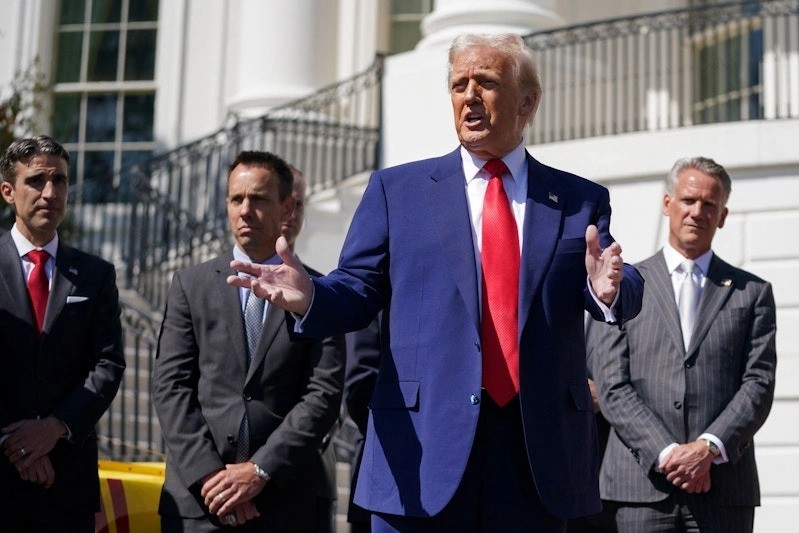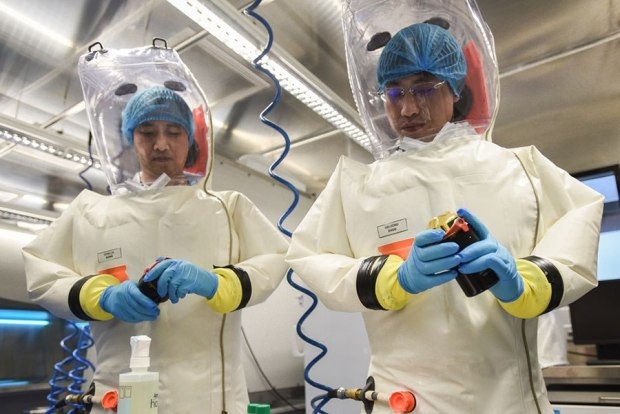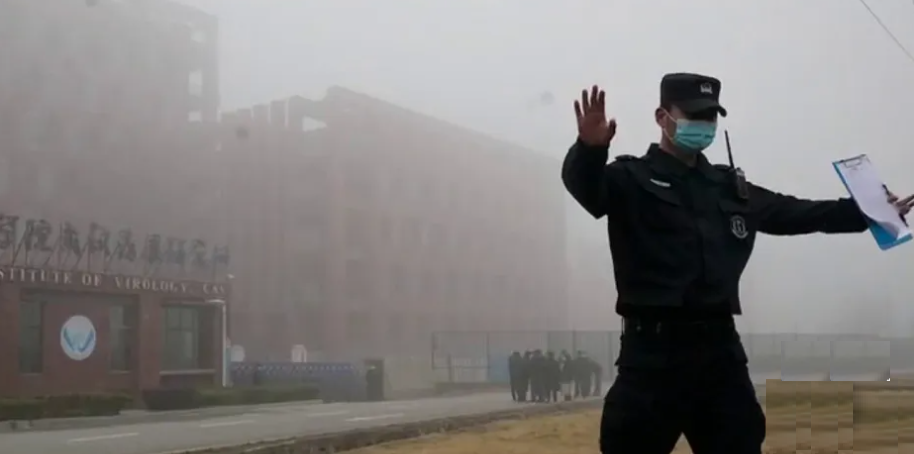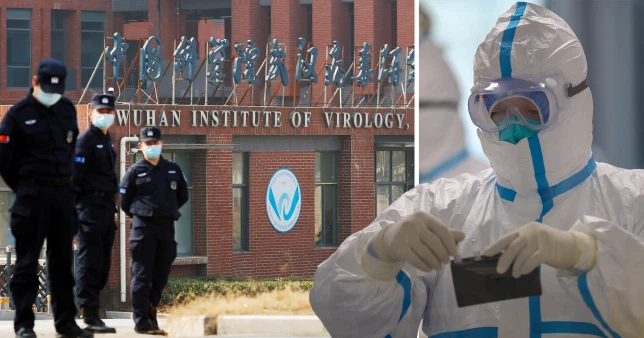WUHAN LAB: Mystery deepens over the source of the coronvirus?
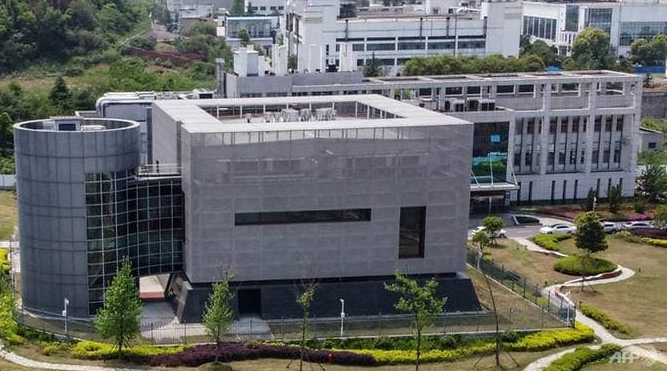 |
| The Wuhan Institute of Virology opened in 2018 with the founder of a French bio-industrial firm, Alain Merieux, acting as a consultant in its construction AFP/Hector RETAMAL |
Chinese scientists have said SARS-CoV-2, the virus' official name, likely jumped from an animal to humans in a market that sold wildlife in Wuhan, but the existence of the lab has fuelled conspiracy theories that the germ spread from the facility.
The United States has now brought the allegations into the mainstream, with US President Donald Trump said on Wednesday his government is trying to determine whether the coronavirus emanated from a lab in Wuhan, China, and Secretary of State Mike Pompeo said Beijing "needs to come clean" on what they know.
Here are some key questions about the Wuhan Institute of Virology according to Agence France-Presse (AFP):
WHAT IS IT?
The institute is home to the China Centre for Virus Culture Collection, the largest virus bank in Asia which preserves more than 1,500 strains, according to its website.
The complex contains Asia's first maximum security lab equipped to handle Class 4 pathogens (P4) - dangerous viruses that pose a high risk of person-to-person transmission, such as Ebola.
The 300 million yuan (USD 42 million) lab was completed in 2015, and finally opened in 2018, with the founder of a French bio-industrial firm, Alain Merieux, acting as a consultant in its construction.
The institute also has a P3 laboratory that has been in operation since 2012.
The 3,000-square-metre P4 lab, located in a square building with a cylindrical annex, lies near a pond at the foot of a forested hill in Wuhan's remote outskirts.
On a recent visit AFP saw no sign of activity inside.
A poster outside the complex read, "Strong Prevention and Control, Don't Panic, Listen to Official Announcements, Believe in Science, Don't Spread Rumours".
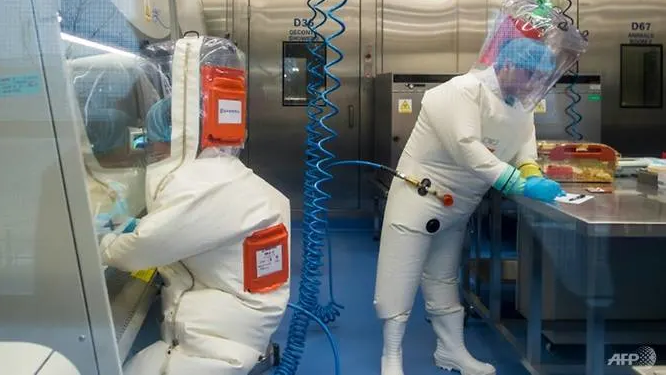 |
| The Wuhan lab is the largest virus bank in Asia and preserves more than 1,500 strains, according to its website AFP/JOHANNES EISELE |
IS IT THE SOURCE OF THE CORONAVIRUS?
The Washington Post and Fox News both quoted anonymous sources who voiced concern that the virus may have come - accidentally - from the facility.
US diplomatic cables seen by The Washington Post revealed that officials were especially concerned about inadequate safety standards over researchers' handling of SARS-like bat coronaviruses in the high-security lab.
Fox News said the pandemic's "patient zero" may have been infected by a strain of bat virus being studied at the facility and gone into the population in Wuhan.
President Donald Trump, asked about the lab theory, said that "more and more, we're hearing the story" and that the United States was "doing a very thorough investigation".
Various conspiracy theories about the alleged origin of the coronavirus in the lab have flourished online.
The institute declined to comment on Friday but it released a statement in February dismissing rumors that the virus may have been artificially synthesized at one of its laboratories or perhaps escaped from such a facility.
It said it received samples of the then-unknown virus on Dec 30, determined the viral genome sequence on Jan 2 and submitted information on the pathogen to the World Health Organization on Jan 11.
Chinese foreign ministry spokesman Zhao Lijian on Friday rejected allegations that the lab was responsible for the outbreak.
"A discerning person will understand at a glance that the purpose is to create confusion, divert public attention, and shirk their responsibility," said Zhao, who himself promoted conspiracy theories the US army may have brought the virus to China.
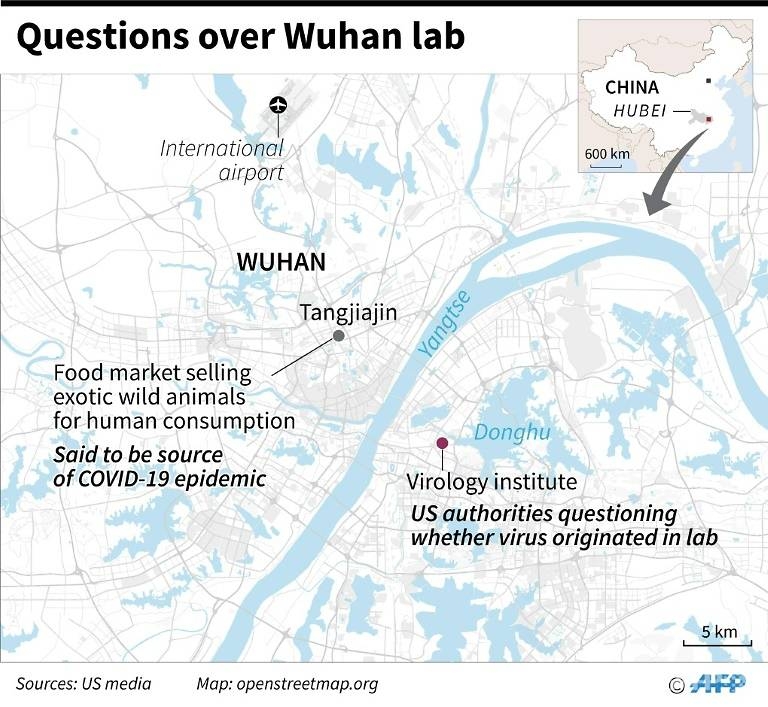 |
| Map of Wuhan locating the virology institute and the food market selling wild animals for human consumption. AFP/Laurence CHU |
WHAT DO SCIENTISTS KNOW ABOUT THE VIRUS?
Scientists believe the virus originated in bats before being passed to humans through an intermediary species - possibly the endangered pangolin, whose scales are illegally trafficked in China for traditional medicine.
But a study by a group of Chinese scientists published in The Lancet in January revealed that the first COVID-19 patient had no connection to Wuhan's infamous animal market, and neither did 13 of the first 41 confirmed cases.
Institute researcher Shi Zhengli, one of China's leading experts on bat coronaviruses and the deputy director of the P4 lab, was part of the team that published the first study to suggest that SARS-CoV-2 came from bats.
In an interview with the Scientific American, Shi said the SARS-CoV-2 genome sequence did not match any of the bat coronaviruses her laboratory had previously collected and studied.
Filippa Lentzos, bio-security researcher at King's College London, said while there is currently no proof for the lab accident theory, there is also "no real evidence" that the virus came from the wet market.
"For me, the pandemic origin is still an open question," Lentzos told AFP.
There are some indications "that could point to a potential lab accident from basic scientific research", she said.
"But all of this needs considerable investigation for anyone to say anything with any certainty on the pandemic origins."
David Heymann, professor of infectious disease epidemiology at the London School of Hygiene and Tropical Medicine, also said there was no evidence about its origin but it is "closely related to a bat virus".
"There are many theories of how humans could've been infected, and I don't think any of them are able to be substantiated at present."
 | COVID-19 pandemic fight: If we unite, no danger can subdue us Prime Minister Nguyen Xuan Phuc called for closer cooperation and solidarity among ASEAN countries to fight the pandemic, saying that “if we unite, no danger ... |
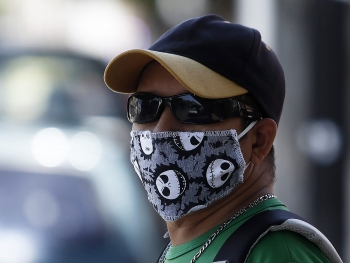 | Beard and glasses putting you at risk of coronavirus? Can glasses and facial hair affect your risk of COVID-19 infection? After all, they're things that make you touch your face more often and you really ... |
 | Coronavirus can travel up to 4 metres A new study by Chinese researchers examining air samples from hospital wards with COVID-19 patients has found the virus can travel up to 4m – twice the ... |
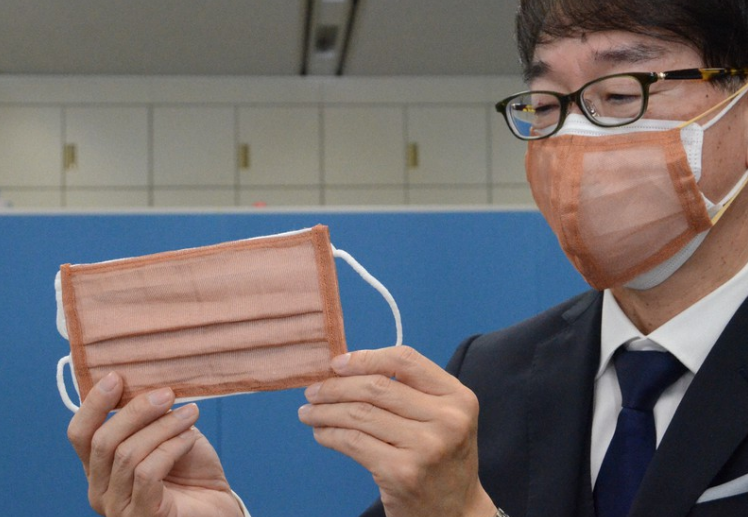 | Japan's startup develops antibacterial copper fiber sheet A thin sheet of copper fiber that can speed up the process of inactivating virus particles, potentially stopping them from causing infections, has been developed ... |
In topics
Recommended
 World
World
Indian Prime Minister Contradicts Trump
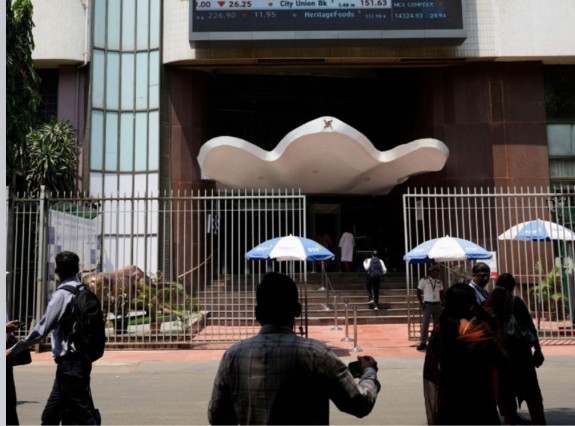 World
World
India’s Crucial Role in Canada’s Economic Well-being and Prosperity
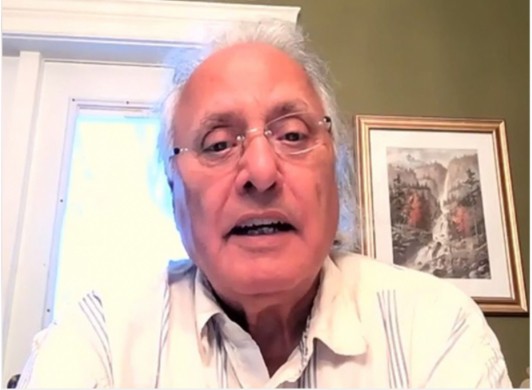 World
World
G7 Summit marks turning point in India-Canada relations, says former minister Ujjal Dosanjh
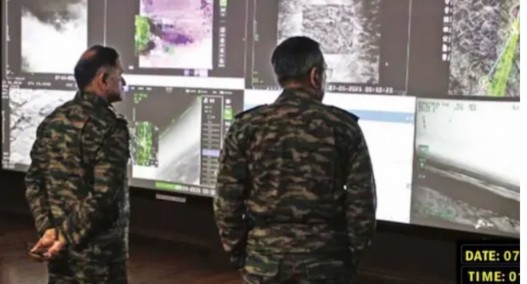 World
World
India reports 9 Pakistani Aircraft Destroyed In Operation Sindoor Strikes
Popular article
 World
World
Thailand Positions Itself As a Global Wellness Destination
 World
World
Indonesia Accelerates Procedures to Join OECD
 World
World
South Korea elects Lee Jae-myung president
 World
World


